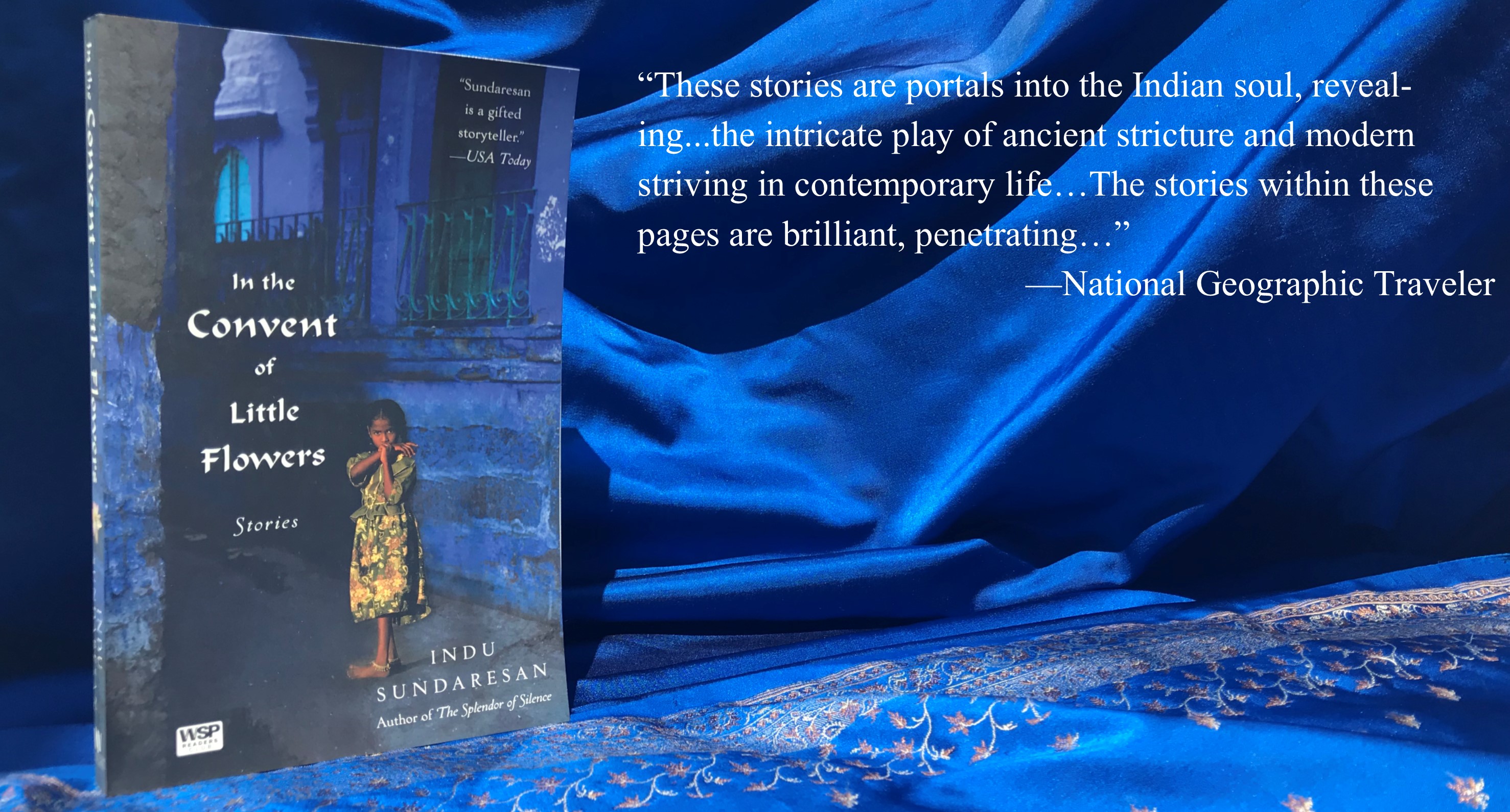Synopsis
IN THIS REMARKABLE COLLECTION of short stories, Indu Sundaresan casts an unflinching eye upon a contemporary India where some characters gallop toward modernity and others remain entrenched in the past. In the Convent of Little Flowers introduces readers to a compelling array of people, all struggling to negotiate a world that is both instinctively familiar and bewilderingly foreign, where old practices no longer fully apply, but they still cast a long—and sometimes unshakeable—shadow of tradition.
In “Shelter of Rain,” Padmini, adopted from the Convent of Little Flowers in Chennai when she was six, receives a letter after many years, saying that the mother who gave her up is dying and wants to see her. Elderly Meha, in “Three and a Half Seconds” reflects on the devastating consequences of giving her son everything modern society demands, and teaching him little of the old traditions. Ram and Sita join “The Key Club,” because they are young and modern, and the club is exclusive. But the club membership demands more of them than they realize at first, more than they should be giving up. And “The Faithful Wife” examines the influence and authority of ritual when a woman asks her journalist grandson to come back to his home village, to try and persuade his grandfather to stop the outlawed practice of Sati, where the community is about to force a twelve-year-old widow to burn alive on her aged husband’s funeral pyre.
This collection of nine short stories catches the characters at a point in their lives when something happens to shake them out of their complacency, to wipe the ground from beneath their feet. It is what they do then, how they face adversity in the eye, or side-step it, which fashions their characters, and makes them indomitable and strong.
In the Convent of Little Flowers skillfully explore ties between friends, relatives, and the long fingers of the past. Each is a portrait of women and men struggling with the weight of hundreds of years of ingrained teaching on class, caste, and sexuality—as it clashes with the hopes and dreams of a population coming of age in the 21st century.


